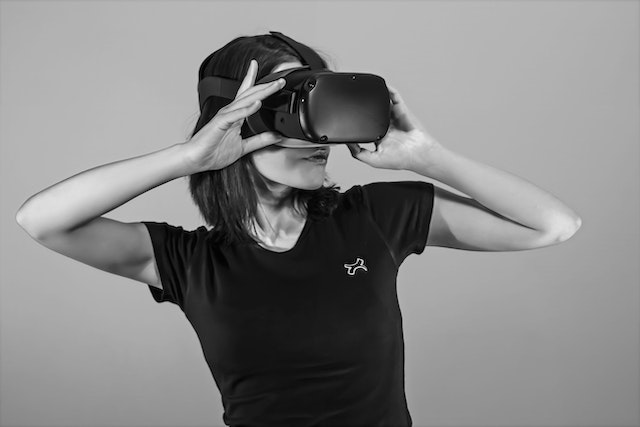Augmented reality (AR) has revitalized industries by introducing innovative solutions to longstanding problems. AR merges digital and physical worlds, enabling new approaches to education, healthcare, entertainment, and navigation, promising a transformative impact on various fields.
Enhancing Visualization
One of the longstanding challenges in architecture and design is helping clients visualize the final product. Blueprints and 2D renderings can only go so far. Augmented reality bridges this gap by allowing stakeholders to see 3D models overlaid onto the physical world. This not only aids in conveying design ideas more effectively but also enables clients to provide valuable feedback in real-time.
Streamlining Design Iterations
Architects and designers often need multiple design iterations to perfect a project. Augmented reality accelerates this process by enabling rapid adjustments and experimentation. Instead of waiting weeks for updated renderings, changes can be made on the spot, saving time and reducing errors.
When it comes to site assessment, AR shines as a powerful tool. Architects can use AR apps to analyze topography, evaluate structural integrity, and identify potential challenges on the site. This proactive approach minimizes surprises during construction, saving both time and resources.
Collaboration is Seamless

In the modern world, architects and designers often collaborate across geographic boundaries. AR facilitates seamless teamwork by allowing remote professionals to interact with the same 3D models in real-time. This not only fosters better collaboration but also, it guarantees that everyone is working to solve the same challenges. Thus, promoting synergy among team.
Cost-Efficient Prototyping
Creating physical prototypes can be costly and time-consuming. Augmented reality offers an alternative through virtual prototyping. Architects and designers can construct and test prototypes in the digital realm, identifying potential issues before committing to physical construction. This approach reduces waste and minimizes expenses.
Client Engagement and Approval
Client engagement is pivotal in the architecture and design process. AR not only enhances client presentations but also empowers clients to participate in the decision-making process actively. Architects and designers can ensure client satisfaction and project success by addressing their concerns and preferences in real-time.
Augmented reality is a game-changer in architecture and design, revolutionizing problem-solving processes. AR offers many benefits, from enhancing visualization to streamlining design iterations, facilitating collaboration, and reducing costs.
